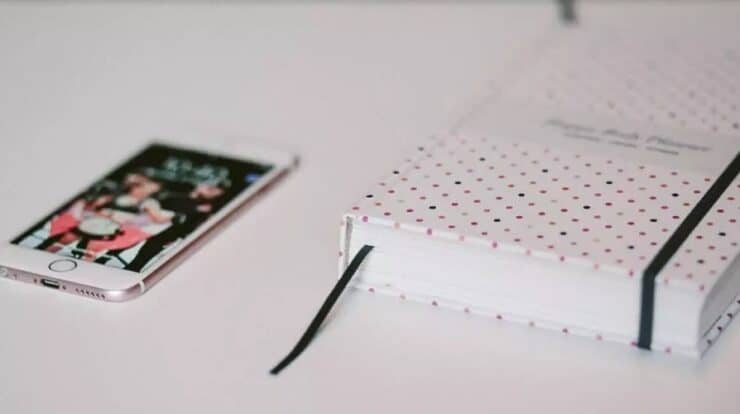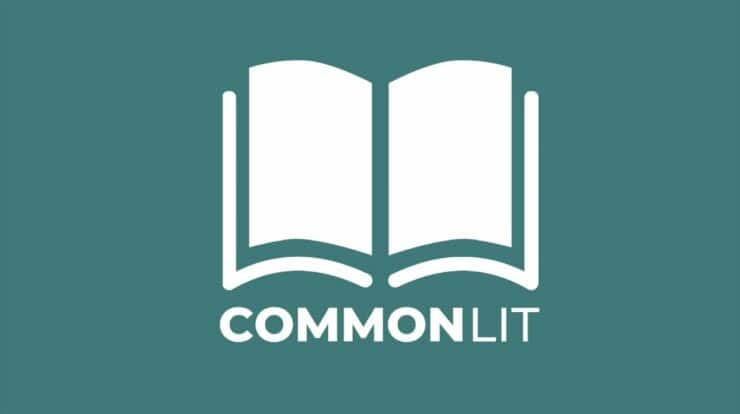
Traditional journaling involves setting aside time throughout the day to write down your thoughts, ranging from several pages to just a handful of sentences. If you find it tough to practice, consider micro-journaling apps, which allow you to add a few words or lines to your journal whenever you feel like it during the day. Because no one has precisely defined microjournaling, its practice may be fluid. Those who have tried it recommend using a journal app on your phone (because you’re constantly with your phone), being fluid in writing words, sentences, or simply emojis to monitor your mood, and not stressing about linking the thoughts throughout the day. Allow them to flow.
Top Micro-Journaling Apps You Can Try
The best Micro-Journaling Apps are listed here. So, let’s look at the list.
1. Goodnight Journal
Journaling naturally seems like a private activity where you may express your thoughts without worrying about public criticism. But what if it’s not? What if you could express your thoughts in a community of regular journaling users? Goodnight Journal would allow you to write a private or public journal. Goodnight Journal lets you create as many “books” (sub-journals). Each post may be configured to be private or public, and creating an entry is similar to creating a social network post.
If you plan to use it for micro-journaling, we recommend establishing a “Private Micro Journal” and a “Public Micro Journal” so you don’t confuse about which one will be visible to the rest of the world. You may read the most recent entries made by other users in the Community, view and comment, or like them. In the post, you can see how many words they have written. And it’s evident that many people use it for micro-journaling on their trip, so you won’t be the odd man out if you plan to use it.
2. Journalistic
Journalistic creates a minimalistic journaling app by combining the principles of a bullet journal with the practice of micro-journaling. Each line has its bullet point, making you write fewer sentences, which “leads to deep reflection and focusing on important things,” according to the authors. Each day has its page, with bulleted points that serve as your micro-journal. In addition, Twitter syntax, such as # for tags and @ to mention persons, may be added. Of course, all of this is private, so these tags are for you to find these tags and persons later quickly or to check statistics on how often you talk about them.
The free edition of Journalistic provides extremely minimal data, while the commercial version provides far more insight into your thoughts. Aside from the daily journal, Journalistic allows you to keep track of a few additional things. The app provides specialized areas to add things you’ve learned, ideas, shower thoughts, or dreams. By double-tapping a bullet point, you may highlight or favorite it. You may access the progressive web app through a browser on any phone or computer or download the specialized Android app.
3. Talk to Myself
Talk to Myself is a chat app that focuses on anonymity, and you can only talk to yourself. It’s an instant messaging-style diary app that’s ideal for micro-journaling. It also offers various journaling characteristics that make it superior to beginning a WhatsApp conversation with oneself. Launch the app and send a message to yourself, including the date and timestamp. Even after sending messages, you may modify or rewrite them to correct mistakes or add more information. Make messages stand out by adding a colorful backdrop.
Talk to Myself lets you create new tags by sending a message with a hashtag. If you send another message after that, you’ll be requested to put the message in one of the possible tags. Long-press a tagged message to see all messages that have that tag. The chat app also lets you post photos (but not videos). You can see in the video above that you may add one picture as the main photo of the day if you submit many photographs. Unfortunately, we couldn’t find that option when we tried the app.
4. Thera
Thera is a terrific mental health mobile app that employs journaling to help you deal with whatever you’re going through. The app’s free edition includes four mini journals that assist you in expressing your present situation:
Emotions Journal – The primary tracker for micro-journaling; add an entry fast by touching the huge + symbol. Choose an emoji to represent your mood, then add tags to represent your feelings. Finally, add any notes if you wish to journal your sentiments in further depth. Thera remembers the date and time; you may make many entries daily.
Wish Journal – List 10 things you want, then rank them as short-term or long-term objectives. When you complete one, cross it off your list and add another.
Fear Journal – Write down what you’re most scared of, and the journal will help you clarify your thoughts by making you think through your anxieties, the advantages of success, and the penalties of inactivity.
Gratitude Journal – A simple gratitude journal to use whenever you want to thank yourself, others, or the planet.
Aside from the four journals, Thera also contains guided activities to help you deal with things that upset you and a daily inspiring quotation to keep you inspired.
5. ZenJournal
For a long time, we’ve been lovers of ZenJournal as one of the several journal apps for improved mental health. Unlike typical journaling apps, you do not create a new entry or attempt to arrange your thoughts here. In ZenJournal, you open the app, write your thoughts, and then dismiss it. That’s all. It’s a perfect micro-journal setting since the short in-and-out experience makes you more inclined to keep using it.
ZenJournal lets you add tags and search the content at any time. The interface is one big scroll of all your entries, so you can read it without bouncing around pages. If you’re concerned about someone peeking over your shoulder, ZenJournal may block all prior entries for greater privacy.
Conclusion: Micro-Journaling Apps
Micro-journaling is not just a simpler type of journaling than the typical daily practice; it also has additional apps. In 2022, YouTuber Struthless became popular with a video in which he employed micro-journaling to kick his social media addiction. Essentially, Struthless suggests that every time you want to go on social media for mindless scrolling, you go to a micro-journaling app for mindful journaling. The shift from passive consumption to active production is not only intellectually better, but it also aids in avoiding social networking apps.


